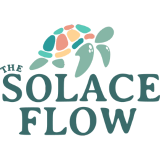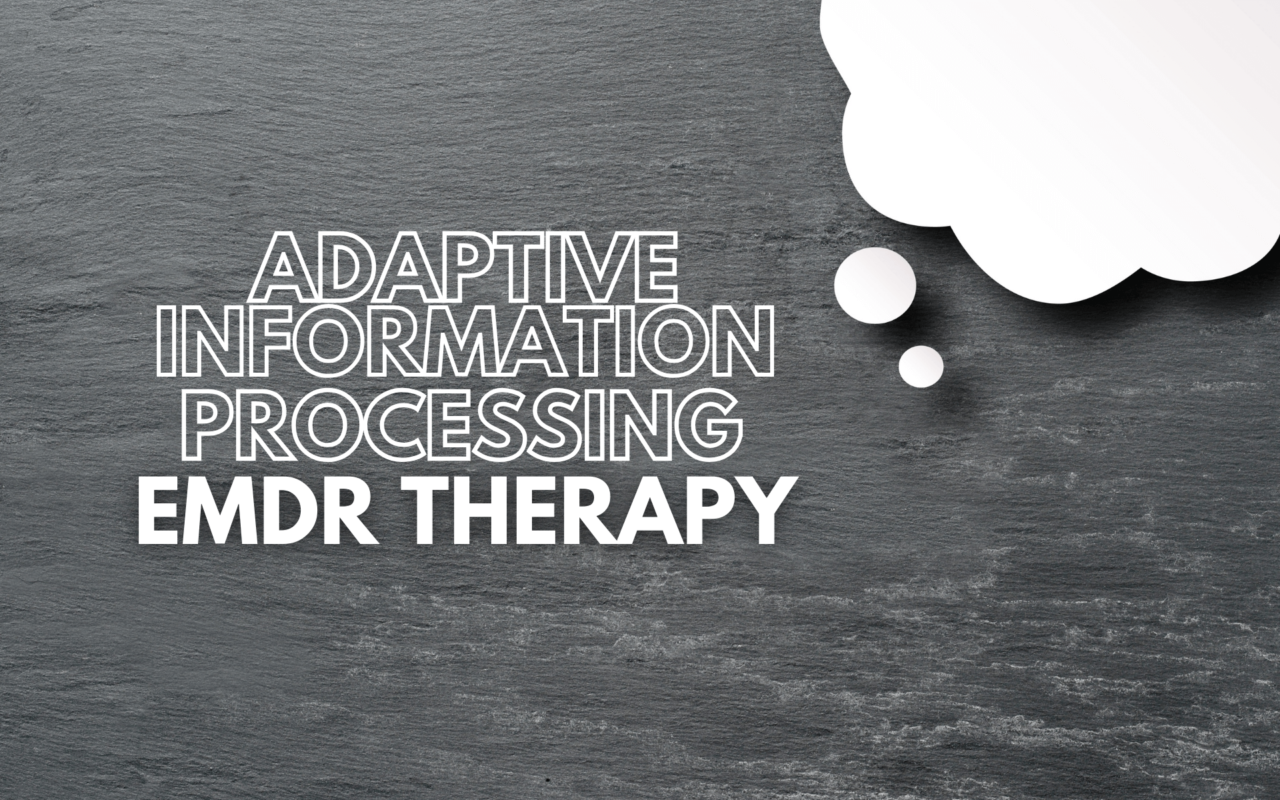Adaptive Information Processing: EMDR Therapy
In today’s blog post lets explore Adaptive Information Processing (AIP) model, a cornerstone of Eye Movement Desensitization and Reprocessing (EMDR) therapy. Discover the framework of the inner workings of EMDR, showcasing its capacity to foster healing and personal growth.
The Adaptive Information Processing (AIP) Model:
The AIP model, conceived by Francine Shapiro, is the guide of EMDR therapy. It poses that the brain inherently possesses the ability to process and integrate experiences adaptively. However, when an individual undergoes a distressing or traumatic event, this processing can become hindered sometimes causing psychological challenges.
Understanding the Three-Pronged Approach: Navigating EMDR’s Guiding Framework
1. Past Memories:
- Identify and process past memories contributing to current difficulties.
- Includes traumatic events, negative beliefs, and distressing emotions impacting daily life.
2. Present Triggers:
- Address present triggers activating distressing emotions or unwanted responses.
- Encompasses external situations or internal thoughts and sensations reminiscent of past traumatic experiences.
3. Future Templates:
- Develop adaptive future templates – positive beliefs, emotions, and behaviors.
- Replace negative beliefs, paving the way for a healthier and more fulfilling future.
Bilateral Stimulation and Memory Processing: Unleashing the Power of EMDR
A pivotal aspect of the AIP model is the use of bilateral stimulation – eye movements, taps, or sounds – during EMDR sessions. This stimulation activates both hemispheres of the brain, facilitating the reprocessing and integration of distressing memories. This transformative process leads to new insights, perspectives, emotional resolution, and adaptive changes.
The Power of Understanding and Integration: EMDR’s Impactful Approach
The AIP model facilitates an understanding of the interconnected nature of past experiences, present triggers, and future aspirations. By addressing underlying memories and associated beliefs, EMDR promotes adaptive processing of distressing experiences, resulting in symptom reduction, emotional healing, and personal growth.
Empower Your Journey with the AIP Model: EMDR as Your Guiding Force
The Adaptive Information Processing (AIP) model serves as a framework, demystifying how EMDR therapy operates. Targeting past memories, present triggers, and future templates, EMDR empowers individuals to reprocess and integrate distressing experiences, fostering healing and adaptive functioning. If you’re considering EMDR therapy, embrace the AIP model as your guiding force on the transformative path towards emotional well-being.
Consider EMDR for Your Well-Being
If you resonate with the potential benefits of EMDR and would like to start EMDR therapy you can click the link below to BOOK NOW: thesolaceflow.janeapp.com/
Shailyn Waites, RSW, MSW
The Solace Flow


